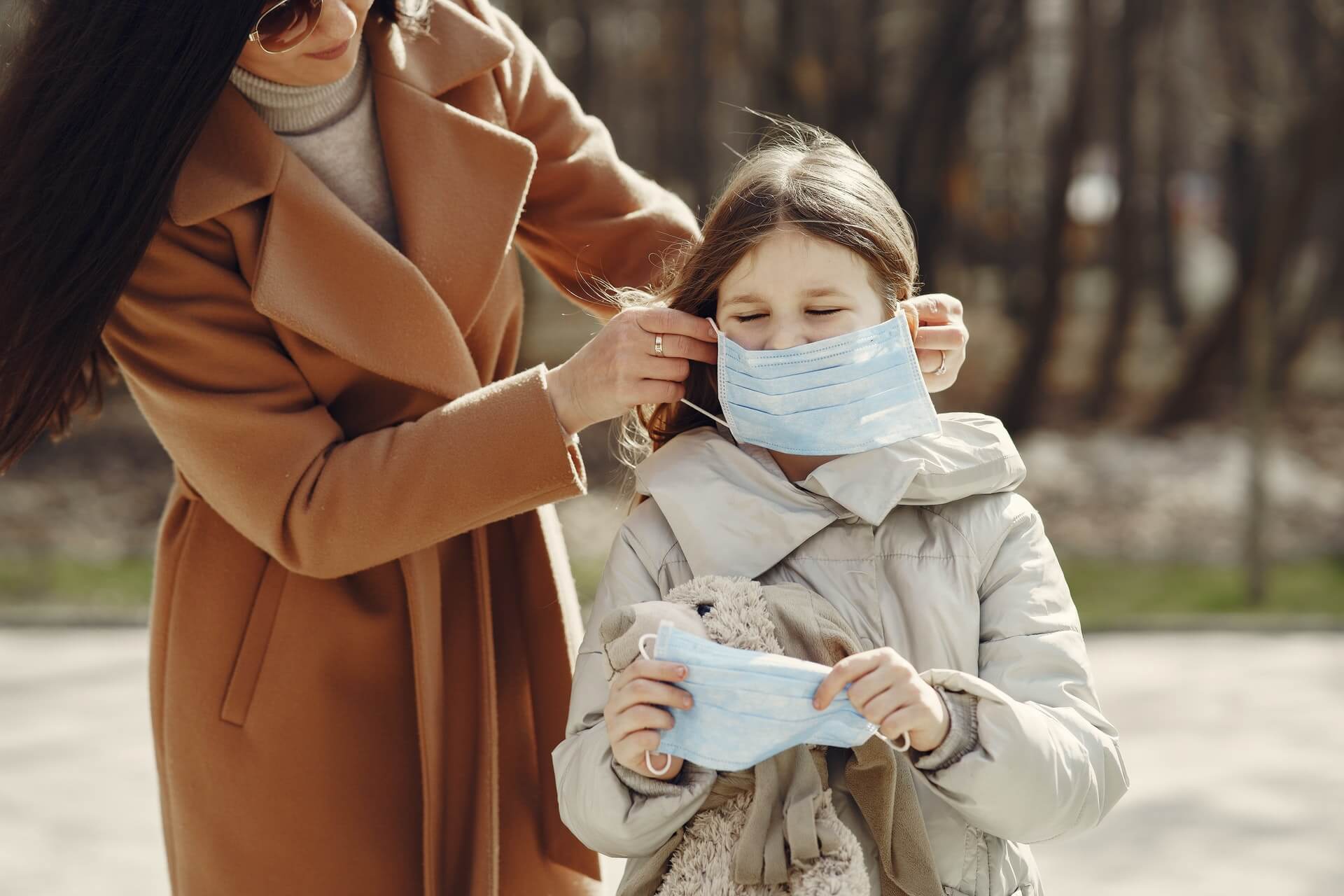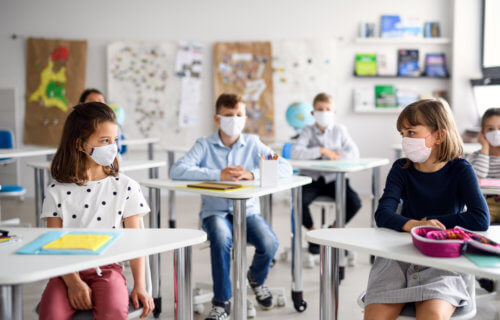LOS ANGELES — School policies requiring students testing positive for COVID-19 to stay home for at least five days are still quite sufficient, new research reveals. Study authors from the USC Schaeffer Center for Health Policy & Economics and Stanford University report students infected with the Omicron variant of SARS-CoV-2 were only infectious for an average period of three days after testing positive.
“We’re basically saying five days is more than sufficient; public-health and education leaders may consider shorter durations,” says study co-author Neeraj Sood, Director of the COVID-19 Initiative and a senior fellow at the USC Schaeffer Center.
Study authors found that the average time of infectivity was three days; 18.4 percent of children were still infectious on day five, while just 3.9 percent were still infectious by day 10. Interestingly, the team did not see an association between how long children were infectious and whether they were vaccinated. This finding indicates return-to-school policies don’t need to consider vaccine or booster status.
This project was put together in hopes of informing policymakers who continue to wrestle with determining just how long kids should quarantine after contracting COVID-19. While such policies are necessary and intended to stop the spread of the coronavirus, they can also negatively interrupt a child’s education. Thus far, researchers explain current guidelines put in place across school districts from New York to Los Angeles were constructed using woefully little data.
“We want to protect the other children in the school who could potentially get infected, but at the same time, we don’t want to disrupt education for the child who is infected, given the amount of disruption that’s already happened,” adds Sood, who is also a professor at the USC Sol Price School of Public Policy, in a media release. “The duration of infectivity is an important parameter into figuring out what the optimal duration of self-isolation should be.”

The research team collaborated with a virus testing company and examined nasal swabs from 76 children in Los Angeles County between the ages of seven and 18 who tested positive for COVID-19. Participants also provided samples during five home visits over a 10-day period. Those samples were analyzed in a lab setting in order to look for evidence of cell death, considered a sign of infectivity. Notably, all included participants were infected with the Omicron variant of COVID-19.
“We wanted to capture how infectivity changed over the 10-day window,” explains lead author Nikhilesh Kumar, a Doctor of Medicine student at the USC Keck School of Medicine.
The study was also co-authored by Eran Bendavid, an infectious diseases physician and an Associate Professor of Medicine at Stanford University. These findings gel nicely with earlier studies conducted on adults infected with Omicron. Those projects noted no association between vaccination status and time of infectivity. That research also found adults with Omicron were infected slightly longer (average time: five days).
All in all, researchers are calling for further research initiatives that can help policymakers make informed decisions regarding how long to keep infected kids out of the classroom.
“The virus will keep mutating,” Sood concludes. “We need to continue doing studies like this because the next variant may have a longer or shorter duration of infectivity.”
The study is published in JAMA Pediatrics.

